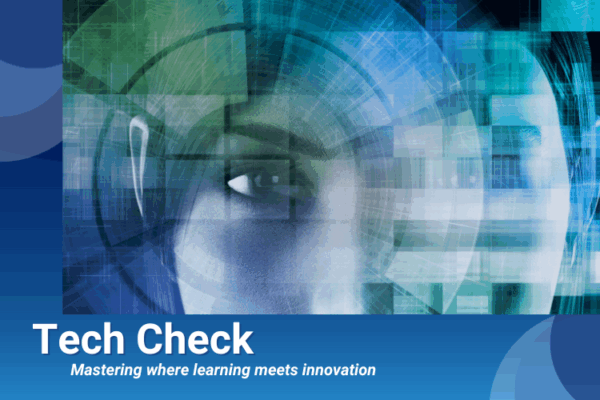Multinational telecommunications conglomerate AT&T Inc. is consistently focused on integrating technology into earning. In 2017 the company’s technological investments paid off.
Going into the year, only about 15 percent of AT&T’s content was mobile optimized. The firm set a bold goal to mobile optimize 100 percent of non-leader-led content by the end of 2017 and they completed that goal in September 2017. Further, in April that year, the firm committed to only creating new content that is 100 percent mobilized. This transformation allows learners to access content on any device, from any location, at any time. AT&T Senior Vice President and CLO John Palmer said this mobilization has also had significant payoffs from an engagement perspective.
“We focus on creating a culture of continuous learning,” Palmer said. “What differentiates us from peer groups is our commitment and our scale of our learning programs.”
Palmer said the firm spends about $250 million on training programs every year, equating to about 19 million hours of learning across the enterprise, which employs about 254,000 individuals.
The firm has also invested heavily in interactive virtual learning studios. Over the past year, the company converted the majority of leader-led courses to an interactive virtual learning delivery system. “Our instructors are in the studios and they are able to broadcast live in a two-way communication form so the learner can give the instructor feedback or ask questions in real time,” Palmer said. “It’s like they are in a classroom environment, but it’s broadcast all over the country or even across the globe.”
Last year, the company trained nearly every new part-time retail hire virtually for the first time. “We proved you can train customer experience virtually, you can train sales people to sell virtually,” Palmer said. “There was a lot of trepidation from a lot of folks even inside our corporate university. We started slow and continued to gain momentum because we found in this virtual environment, we were producing better service and better sellers than in a classroom environment.”
The retail training was originally a two-week classroom program, but virtualization allowed participants to work and train over 90 days. Palmer said the company saved nearly $15 million in travel expenses and new hire performance at 60 days outperformed those who trained in traditional classrooms.
“It’s been very efficient and effective,” Palmer said. “It’s actually proving to be a more natural way to learn today than having to pack a bag, travel across the country to a learning hub and sit in a classroom for eight hours a day.”
In addition to mobilization and virtualization, AT&T is continuing to ramp up its famous reskilling effort. The firm’s skills transformation training has been evolving over the past few years and is the “heart and soul” of the workforce reskilling program, Palmer said.
“As technologies and networks transform all around us, we understand we don’t always have the talent at scale to be able to drive the workforce transformation that we need to be driving at size and scale,” Palmer said. “We didn’t want to hire new talent, anyway; we wanted to invest in our people who have created an amazing culture at AT&T.”
The reskilling effort started nearly six years ago and was originally branded as “Workforce 2020.” The program focuses on teaching competencies for the future that have been defined across the enterprise. Palmer said AT&T’s corporate university, TU, has mapped specific curriculums to every one of the 3,000 jobs across the enterprise. “We’ve focused on driving significant engagement and being extremely transparent to our employees,” he said.
The reskilling effort was recently rebranded to “Future Ready,” as the firm plans to keep reskilling well past 2020. Since the firm began the effort, more than 2.7 million courses in skills transformation have been completed and they have awarded more than 100,000 badges and continue to see growth. “We don’t see momentum slowing down, we only see it increasing,” Palmer said.
A Fortune magazine article from 2017 described AT&T’s reskilling effort as “what may be the most ambitious program for retraining workers in the history of American business.” Palmer said the effort speaks to the culture of continuous learning at AT&T.
“Employees understand that there is a significant value for engagement,” Palmer said. “By us being completely transparent about the opportunities for the future, that has differentiated us and driven success into this program. Employees know where the puck is going and exactly what it’s going to take for them to be successful in the future.”
The firm’s commitment to the future and integration of technology into learning is in line with their future plans. The company has started investing in virtual reality and augmented reality and has launched more than a dozen training programs during the past year and a half utilizing VR and AR. Palmer said their use of this technology will only continue to grow.
Read more about the 2018 LearningElite winners.
Ave Rio is an associate editor at Chief Learning Office. She can be reached at editor@CLOmedia.com.
















